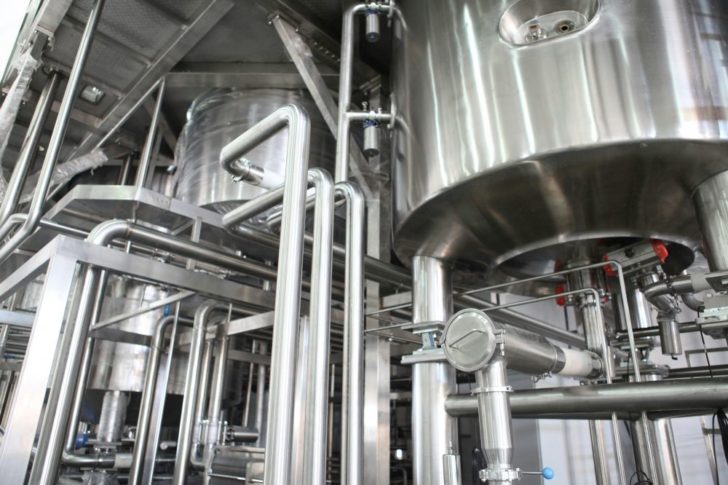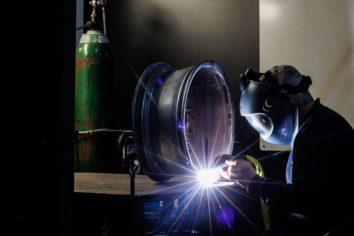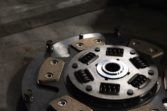What you need to know about vaccum leak detectors


Vacuum technology is a critical component in many industrial processes and research applications. Maintaining proper vacuum conditions is crucial for safe and efficient operation. However, vacuum leaks can occur and cause significant issues, including decreased system performance, increased energy consumption, and in the worst-case scenario, complete system failure. This is where vacuum leak detectors come into play. These sophisticated devices are designed to detect even the smallest leaks, allowing for early identification and action before major damage occurs.
What is a vaccum leak detector?
Vacuum leak detectors are specialized instruments used to detect leaks in a vacuum system. They are essential for industrial manufacturing, where they help protect both processes and products. Using various detection methods such as acoustic, ultraviolet, or mass spectrometry techniques, these devices can quickly and accurately locate leaks, even those that are microscopic.
Applications of vaccum leak detectors
Vacuum leak detectors are used in a variety of industries, including semiconductor manufacturing, automotive, and aerospace and defense. They are also common in research and development, where high-precision systems like particle accelerators and mass spectrometers require strict control of vacuum conditions.
One of the most common applications for a vaccum leak detector is testing and quality assurance of seals, valves, and connections in vacuum tubes and containers. By providing fast and accurate measurements, they help ensure that all components meet strict sealing and performance requirements, preventing potentially costly production errors and downtime.

Types of vaccum leak detectors
Vacuum leak detectors come in many different models and technologies, some of which include:
-
Helium leak detectors: These detectors use helium as a tracer gas and are known for their high sensitivity and reliability. They are ideal for applications requiring detection of extremely small leaks.
-
Ultraviolet (UV) leak detectors: These detectors use UV light to detect leaks in the system and are particularly useful for finding leaks in oil-filled systems.
-
Pressure decay testers: These detectors sense pressure drop over a certain period to determine if there is a leak point. They are often less precise than helium-based systems but offer a simpler and more cost-effective solution for some applications.
How vaccum leak detectors work
Fundamentally, vacuum leak detectors work by introducing a test gas into the vacuum chamber and then using a sensor or detector to detect when and where this gas leaks into the system.
The process begins with the evacuation of the chamber to create a vacuum. A small amount of test gas, typically helium, is then introduced into the system. Helium is often chosen for its small molecular size and inert properties, making it easy to detect without contaminating the system. The sensor then registers the presence of helium outside the chamber, indicating a leak point.
The user is provided with information about the size and location of the leak through a display or interface, allowing for quick and accurate action to address the issue.
Fler nyheter
Frigör tid med ett molnbaserat affärssystem som jobbar åt dig
Vacuum technology is a critical component in many industrial processes and research applications. Maintaining proper vacuum conditions is crucial for safe and efficient operation. However, vacuum leaks can occur and cause significant issues, includin...
03 december 2025
Att hitta en pålitlig låssmed i Mölndal
Vacuum technology is a critical component in many industrial processes and research applications. Maintaining proper vacuum conditions is crucial for safe and efficient operation. However, vacuum leaks can occur and cause significant issues, includin...
03 december 2025
Eur-pall i Skåne – en nyckelkomponent i effektiva logistikkedjor
Vacuum technology is a critical component in many industrial processes and research applications. Maintaining proper vacuum conditions is crucial for safe and efficient operation. However, vacuum leaks can occur and cause significant issues, includin...
03 december 2025
Industrihallar: flexibla lösningar för framtidens behov
Vacuum technology is a critical component in many industrial processes and research applications. Maintaining proper vacuum conditions is crucial for safe and efficient operation. However, vacuum leaks can occur and cause significant issues, includin...
01 december 2025











